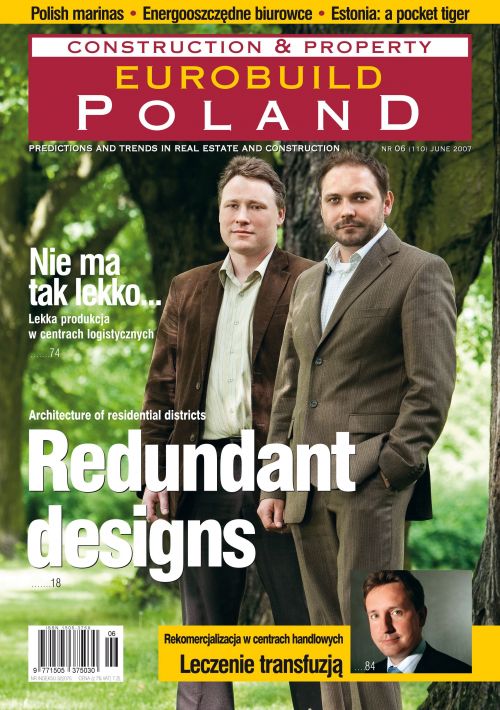The unprecedented boom in the Polish housing market is now slowing down. Will developers and investors shift their focus to countries in the same situation as Poland when it all started?Take a shortage of housing (especially in major cities), combine it with an influx of capital investment following Poland’s accession to the EU in 2004, add to this an ongoing economic boom, and mix in cheaper and more easily available credit, and what we have is massive upwards pressure on the price of homes. This is the situation we have had on the Polish residential sector over the last few years, with the result that the market has become very crowded with developers and investors. Newer EuropeThe prices rises, however, are now starting to level off. And with the entry into the EU of Romania and Bulgaria at the beginning of this year, as well as the prospect of several more under-invested post-Communist states following suit in the years to come, would it not now make sense for residential c






























































